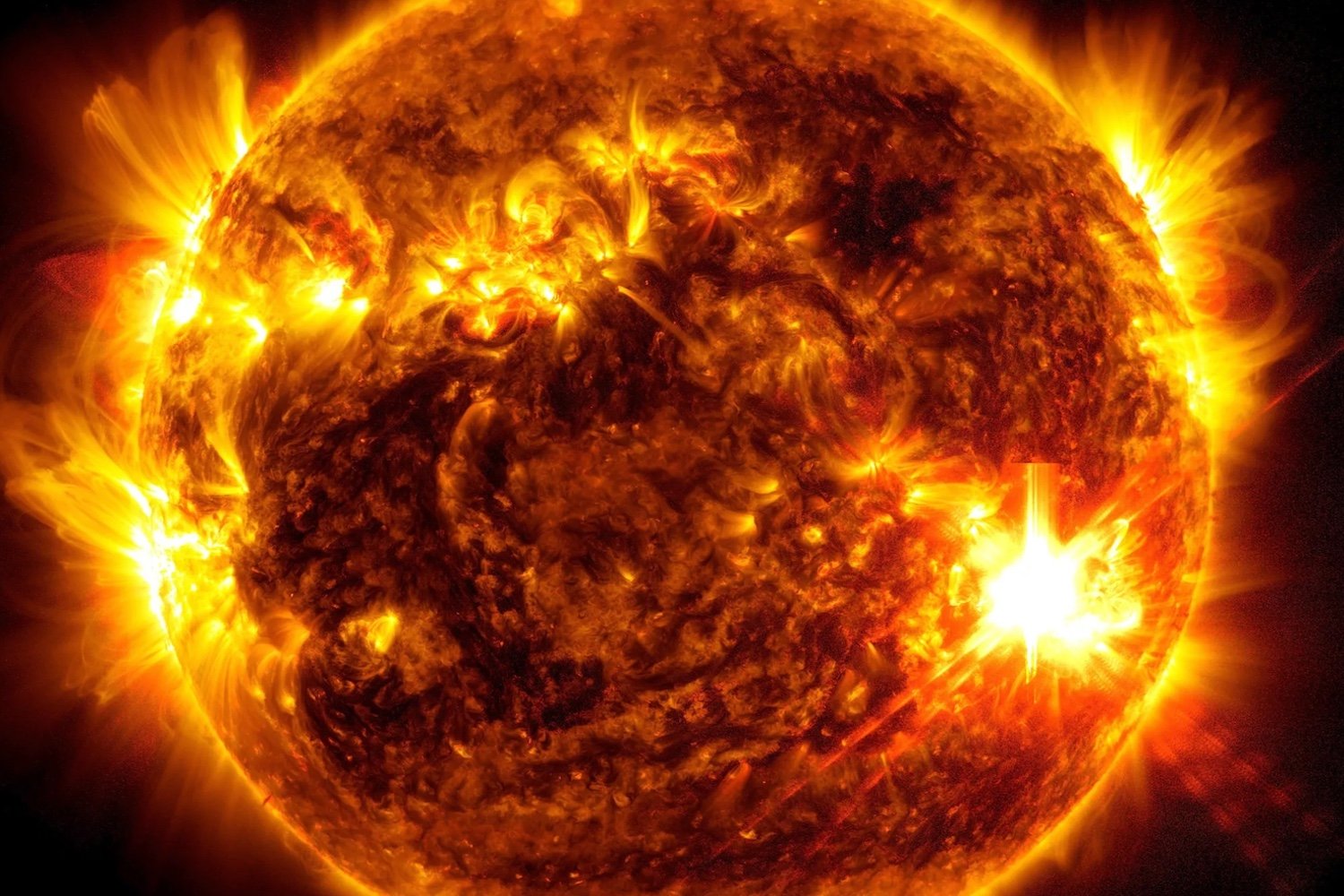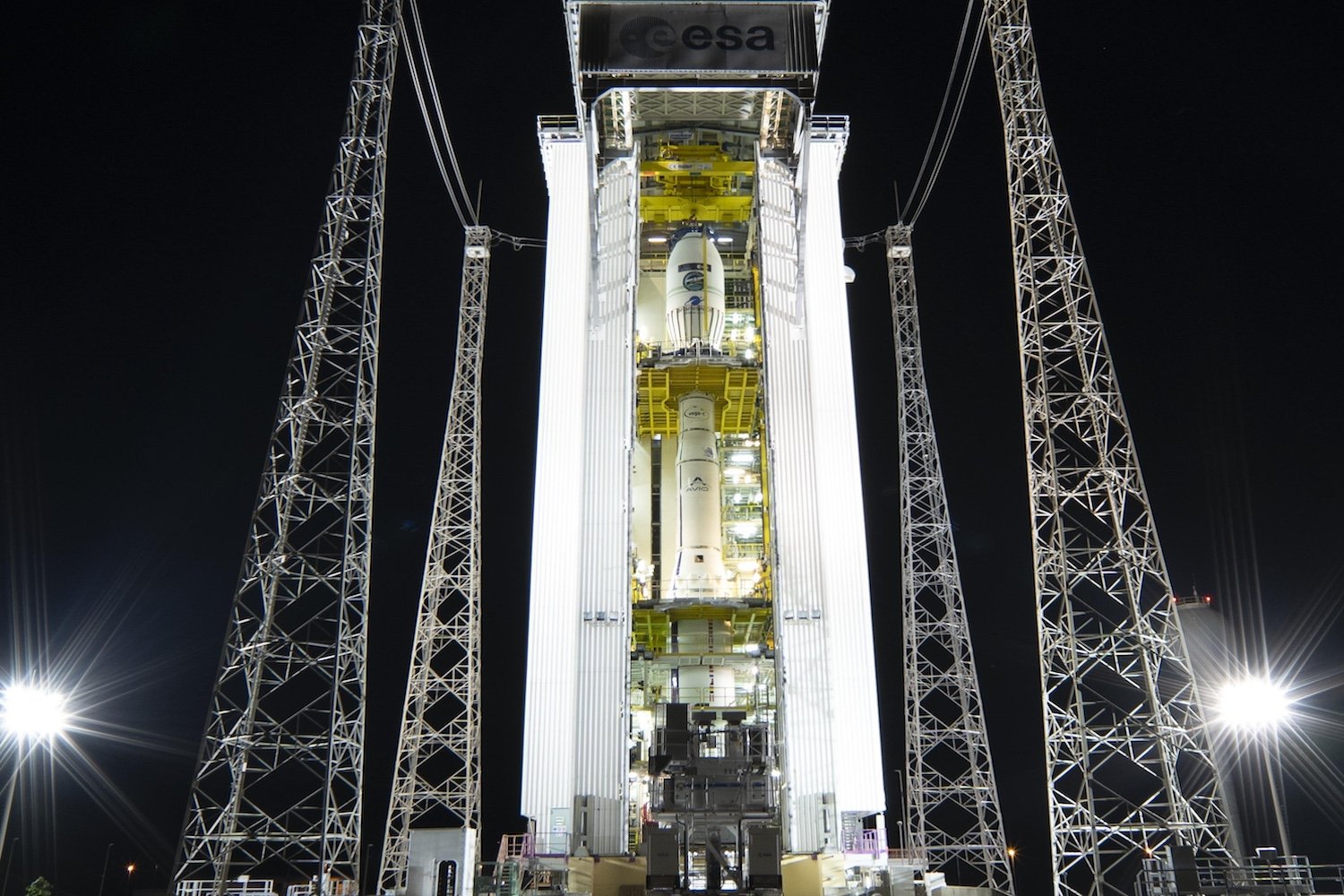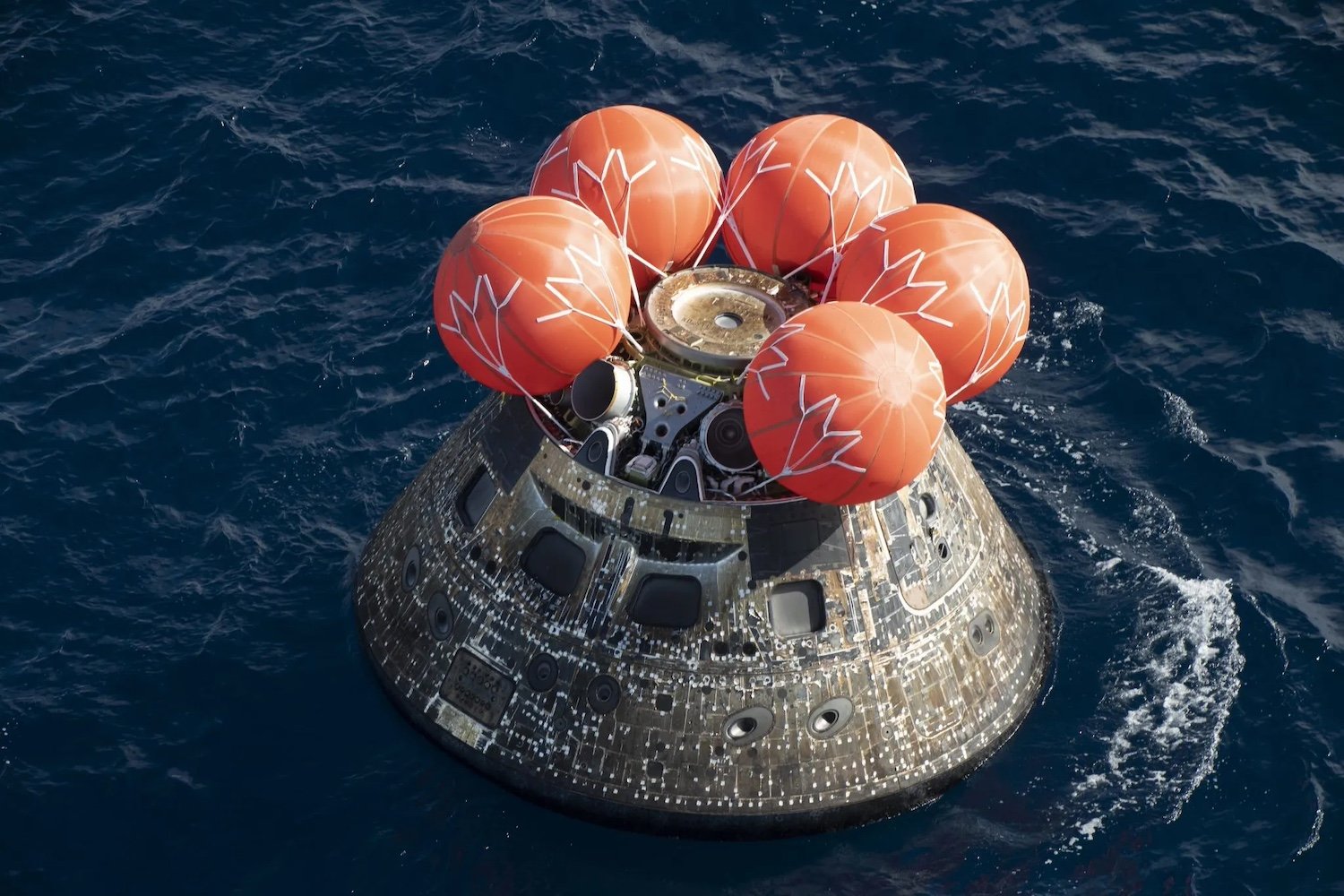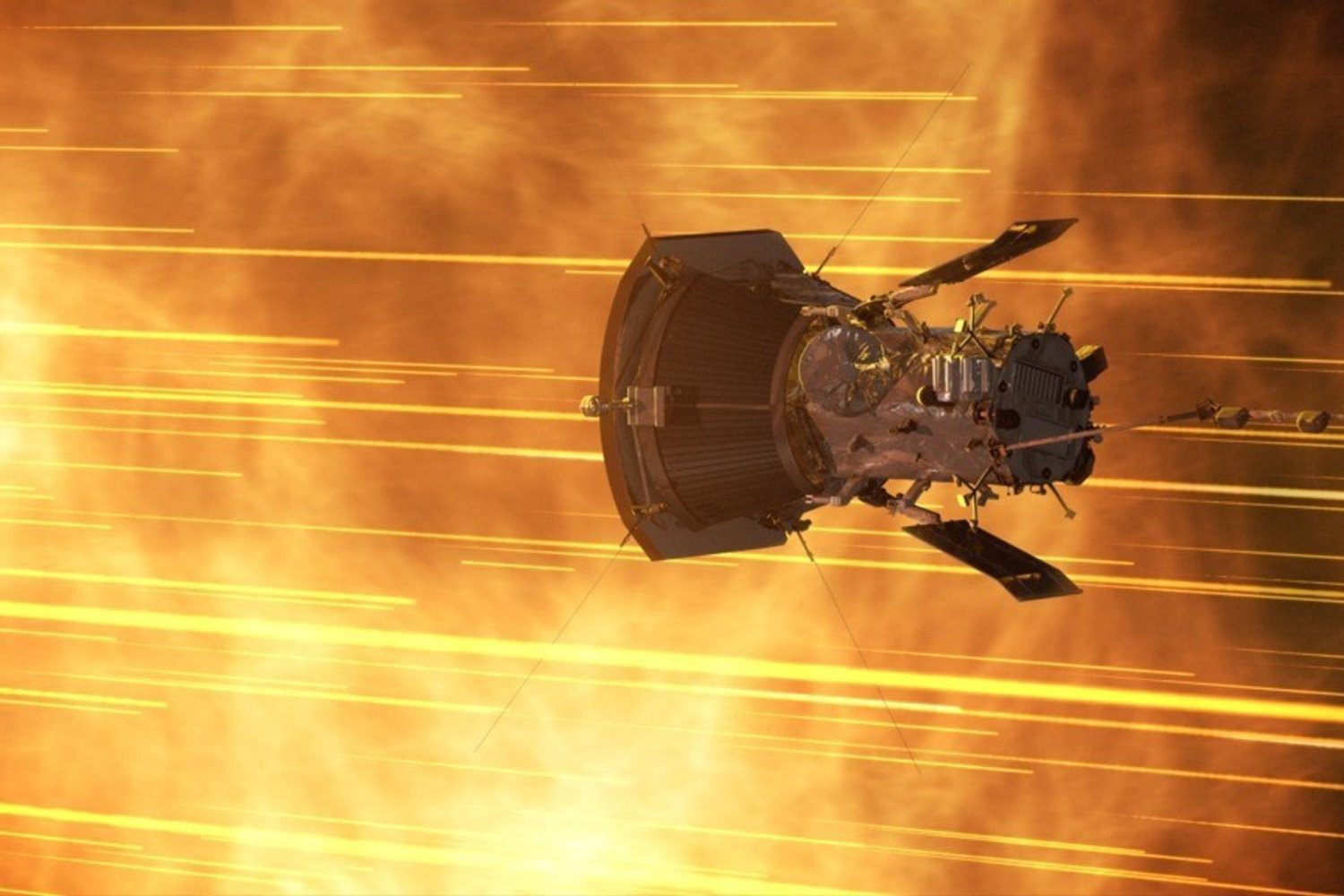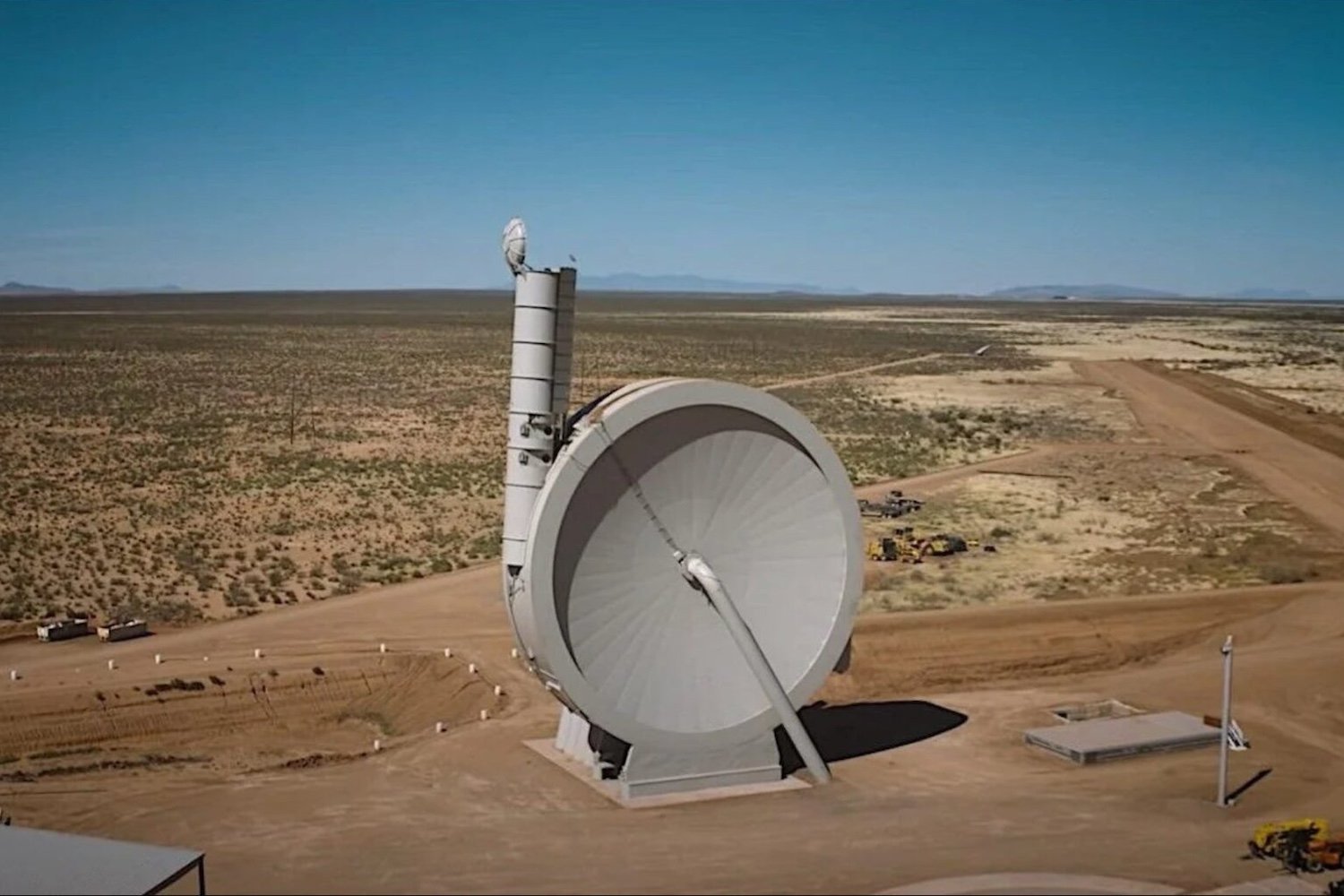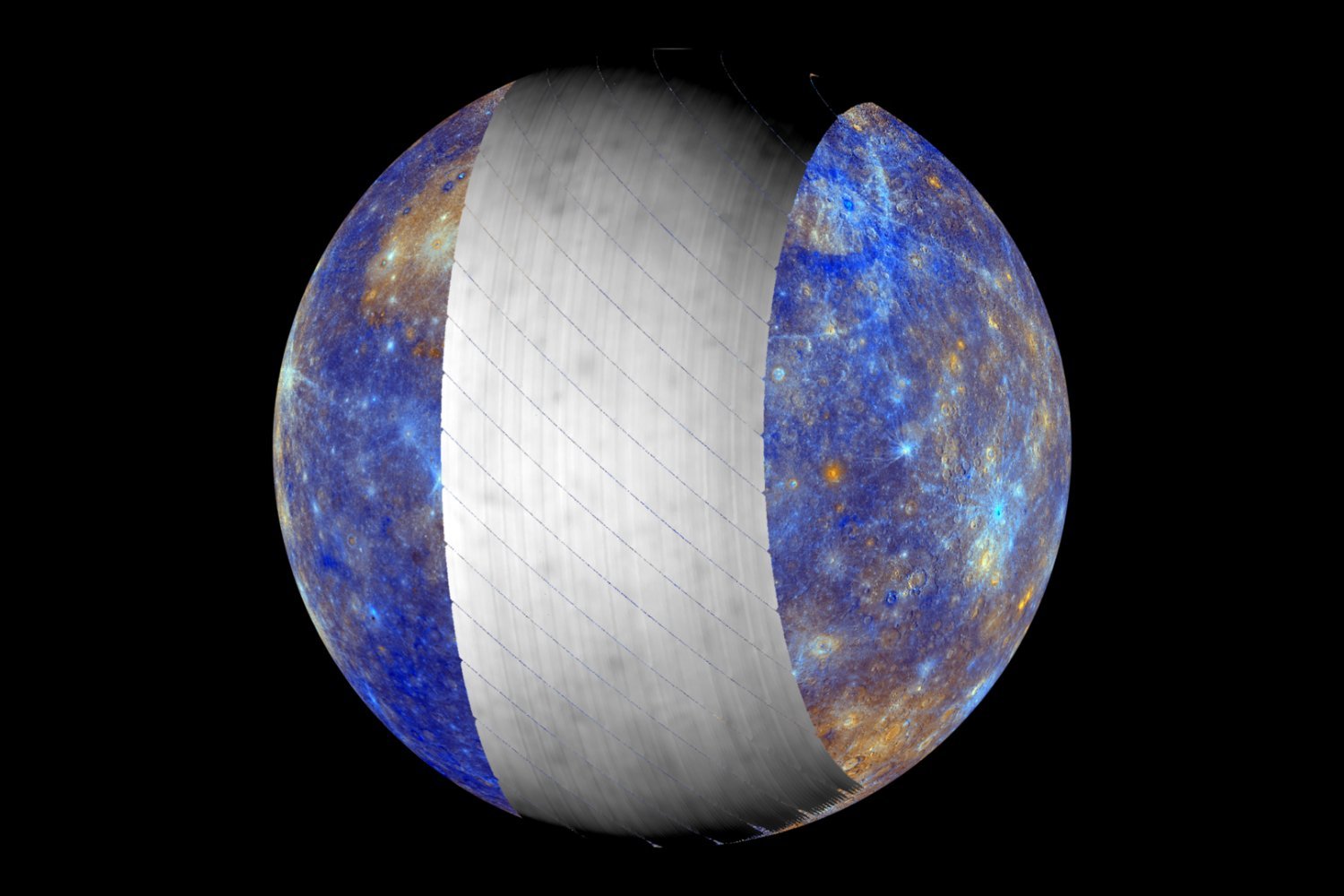A burst water pipe at Stanford University has temporarily halted NASA’s close watch of the Sun. The incident flooded the data collection center for the Solar Dynamics Observatory (SDO), damaging electrical equipment crucial for processing information about the star.
The Joint Science Operations Center (JSOC) at Stanford, which houses servers storing SDO data, experienced the flood last week. The affected instruments include the Helioseismic and Magnetic Imager (HMI) and the Atmospheric Imaging Array (AIA), as well as data from the Interface Region Imaging Spectrograph (IRIS), another Sun-observing satellite. According to NASA, several inches of water inundated the JSOC room, causing extensive damage to electronic equipment.
While the flooding has been drained, the facility remains offline as JSOC works on repairs. The extent of the damage necessitates a lengthy recovery period, estimated to extend into 2025. Although new data collection beyond November 26 is currently unprocessable, pre-existing data remains safely stored and will be accessible once repairs are complete.
Impact on Solar Observation
The outage significantly impacts the processing of science data for HMI, AIA, and IRIS, including access to archived data at JSOC. Fortunately, the instruments themselves continue to function normally under the monitoring of the Instrument Operations Center at the Lockheed Martin Solar & Astrophysics Lab.
The SDO plays a critical role in understanding the Sun’s influence on Earth and near-Earth space by tracking solar changes. This interruption comes at a crucial time, as the Sun is currently in its solar maximum, a period of heightened activity with potential implications for Earth.
The Sun’s Active Phase
The Sun officially entered its solar maximum earlier in October, marked by increased solar flares and other activities. The SDO has been instrumental in monitoring these events, including capturing images of powerful solar flares preceding the largest geomagnetic storm in two decades that impacted Earth in May. These images served as crucial early warnings of the impending storm.
Despite the Sun’s ongoing dynamic behavior, observations are temporarily paused as the ground-based servers undergo recovery from the flood damage. The scientific community eagerly awaits the restoration of the SDO’s data processing capabilities to continue monitoring our star’s volatile activity.
The JSOC continues to provide updates on the situation on their website: JSOC Emergency Resources and SDO website: Outage at Stanford – JSOC is offline



